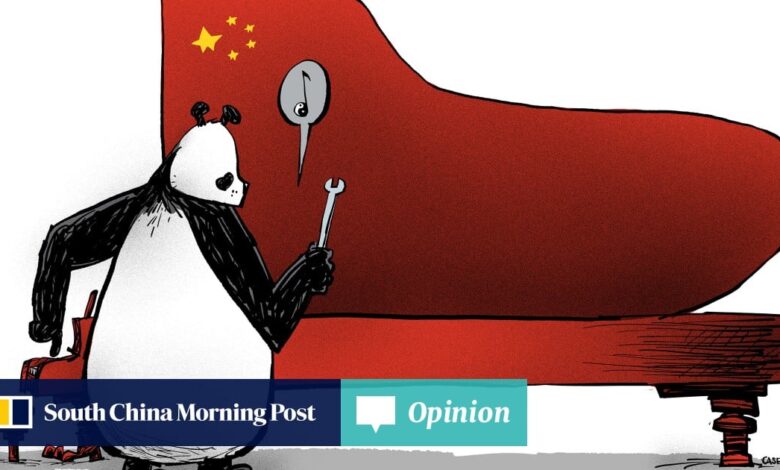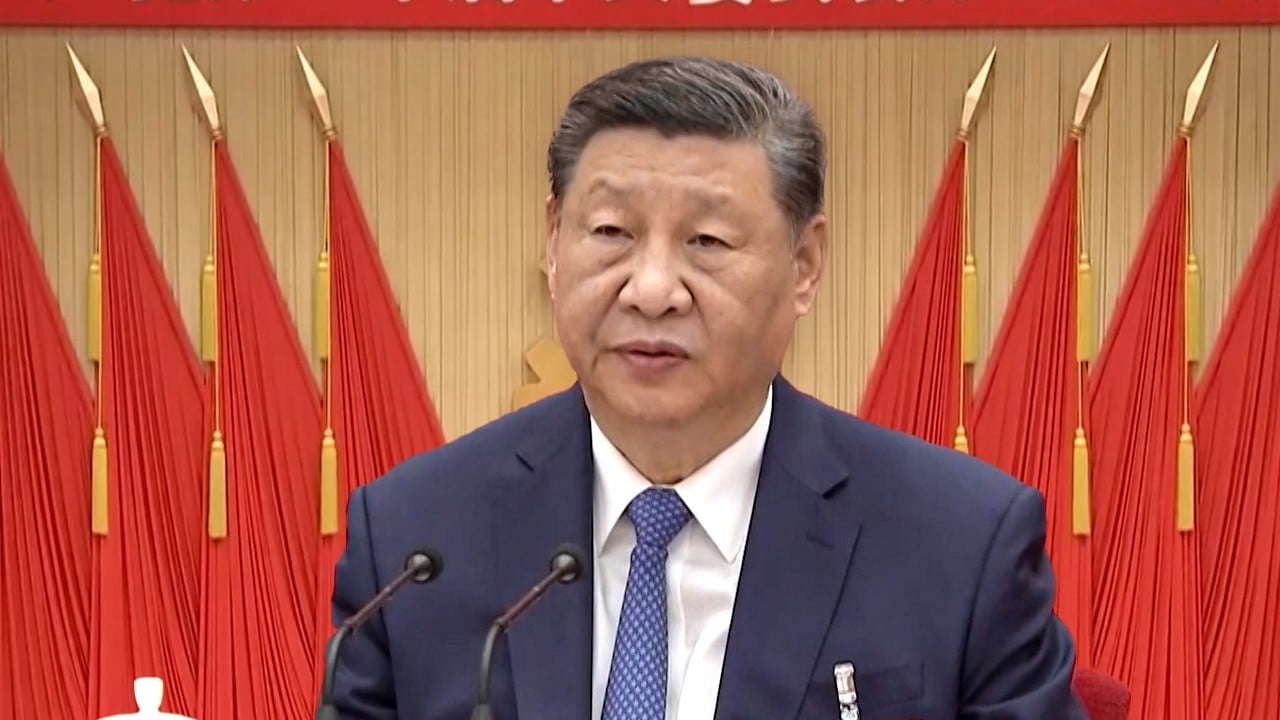Opinion | Why China’s GDP growth needs to be read against its social contract

China cannot claim to support globalisation yet brush aside the concerns of Western analysts. So its policy agenda is a delicate juggling act of Western concerns and its social contract. A case in point: it announced US$42 billion of stimulus for consumption, but not before earmarking US$139 billion for public projects.
Unlike “harmony”, the modern form of GDP is an American notion developed in the 1930s. Once lauded by the US Department of Commerce as “one of the great inventions of the 20th century”, it has become the yardstick for the global pecking order, with the US-led Group of Seven (G7) at the pinnacle.
GDP serves a critical function and was instrumental in global development after the second world war. But each country’s development path is different, and a blind pursuit of GDP growth can create unintended effects.
For China, the remedy calls for long and arduous structural adjustments, which will slow the economy as it undergoes a transformation and excesses are drained out.
In 2014, China ditched hard GDP targets and ushered in the “new normal” with a soft target of “around” 7 per cent for 2015. Actual growth for 2015 came in at 6.9 per cent, then the lowest in 25 years, which prompted some Western analysts to raise serious doubts about the “China miracle”.
Historical context is essential for an assessment of China’s development – where it came from, where it is heading, and how these interplay.
To clarify, the importance of long-term development is not lost on the American leadership, either. But the political stakes of losing an election are massive and the priority is understandably on delivering short-term results, for winning an election in each four-year cycle.
Despite the US-China divergence, the underlying principle is the same, which is governance for the people. It’s pertinent to recall the words of Abraham Lincoln – “government of the people, by the people, for the people”.
Edelman’s ranking is based on a survey and is not definitive, but it does indicate the relative trustworthiness of the social contracts in the US and China.
With a multipolar world taking root, and pressing global issues like climate change and inequality, it’s timely for global institutions to rethink how they assess the development model of China, or for that matter, other countries that are not a fit with the US-led G7 model.
Lub Bun Chong is a partner of C Consultancy and Helios Strategic Advisors, and the author of Managing a Chinese Partner: Insights From Four Global Companies
Source link





